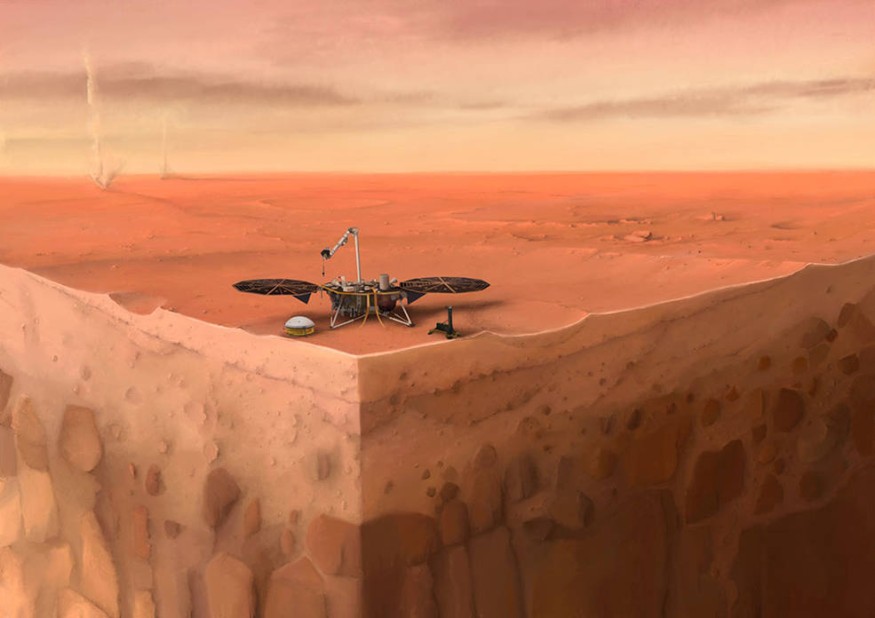
NASA's InSight "mole" mission has come to an end. The historic heat probe instrument landed in Mars over 2 years ago. But NASA has called an end to the mission due the harsh innards on the surface of Mars making the spacecraft stuck and difficult to go forward.
According to an article from Space, the purpose of the InSight subsurface spacecraft was to explore the internal heat sources powering planet Mars. The investigation was to explore the heat flow and physical properties of Mars.
ALSO READ: NASA Artemis Moon-Landing to Have First Female on the Moon
However, the soil was unexpectedly very hard and the mole would bounce off the ground after digging into the surface. After various failed efforts to make progress, NASA has decided to focus on other objectives.
Historic Probe Fails After Various Attempts
The InSight heat probe landed in Mars on November 26, 2018. On February 28, 2019, teams began commanding the instrument to start burrowing into the surface of Mars. This historic mission is the first time a probe tried digging so deep into the surface of Mars. After repeated attempts of self-hammering and scooping into the ground, the mission finally concluded when no results were produced.
"We've given it everything we've got, but Mars and our heroic mole remain incompatible," said the principle investigator of the InSight heat probe instrument, Tilman Spohn of DLR, the German Aerospace Center.
"Fortunately, we've learned a lot that will benefit future missions that attempt to dig into the subsurface."
"Success was not guaranteed," Spohn added. But "it's a little hard to accept that this is the end."
READ MORE: NASA Hubble Space Telescope Detect Chaotic Heart of Orion Nebula
Space reports that the final attempt to dig into the surface of Mars was made on Jan. 9. At that time, the instrument went 2 inches (3 cm) under the surface of Mars. The original plan for the mission was to probe 10 feet (3 meters) under the surface of Mars, but the instrument only went as far as a few inches. The announcement by NASA to end the mission came on Jan. 14.
InSight's Scientific Investigations
The heat probe spacecraft was built by the German Aerospace Center. Space Flight Now reports that the heat probing was one out of three scientific investigations of the $1 billion InSight mission. The other investigations included seismic sensors to monitor marsquakes and also experiments in measuring the wobbling of Mar's rotation.
© 2025 ScienceTimes.com All rights reserved. Do not reproduce without permission. The window to the world of Science Times.










